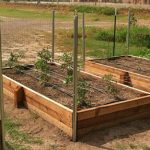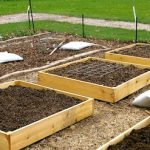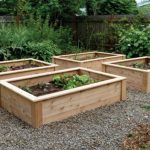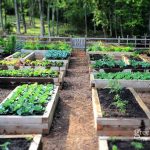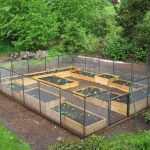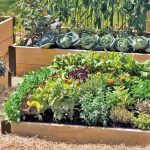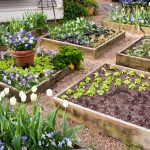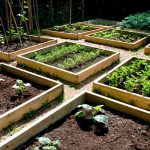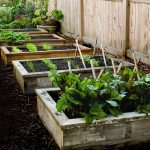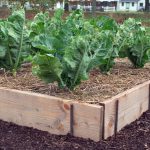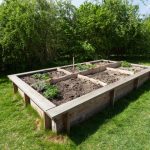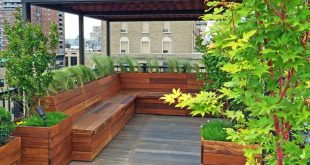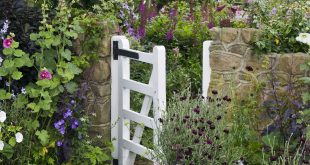As an Amazon Associate I earn from qualifying purchases.
Gardening has a lot of different forms. Making raised bed gardens is one of them. In this process, 3 to 4 feet wide beds of soil are formed having any kind of shape or any length. The soil beds are almost 6 inches higher than the soil present in the surroundings.
Sometimes it is enclosed using a frame which is normally made up of compost, concrete blocks, rocks or pieces of wood. Vegetable plants that grow on raised bed gardens have spacing in geometric patterns which are very much closer to each other as compared to the spacing scheme in traditional row gardening.
The spacing between the plants is kept in such a way that when they grow up, their leaves hardly touch the leaves of other plants. Such scenario is a microclimate where the growth of the weed is suppressed and the moisture available in the field is conserved. There are a lot of different advantages of raised bed gardens.
They have the ability to extend the season of planting due to their properties and features. If they are planted and designed in a proper and appropriate way, they may also reduce the weeds. Moreover, they lessen the requirement of using poor native soil.
The workers working in the garden do not walk over the raised bed gardens so there is no compaction in the soil which allows the roots of the plants to grow easily and more conveniently. There are many other advantages of this process as well.
Amazon and the Amazon logo are trademarks of Amazon.com, Inc, or its affiliates.
 yonohomedesign.com Garden and Interior Design Ideas
yonohomedesign.com Garden and Interior Design Ideas
